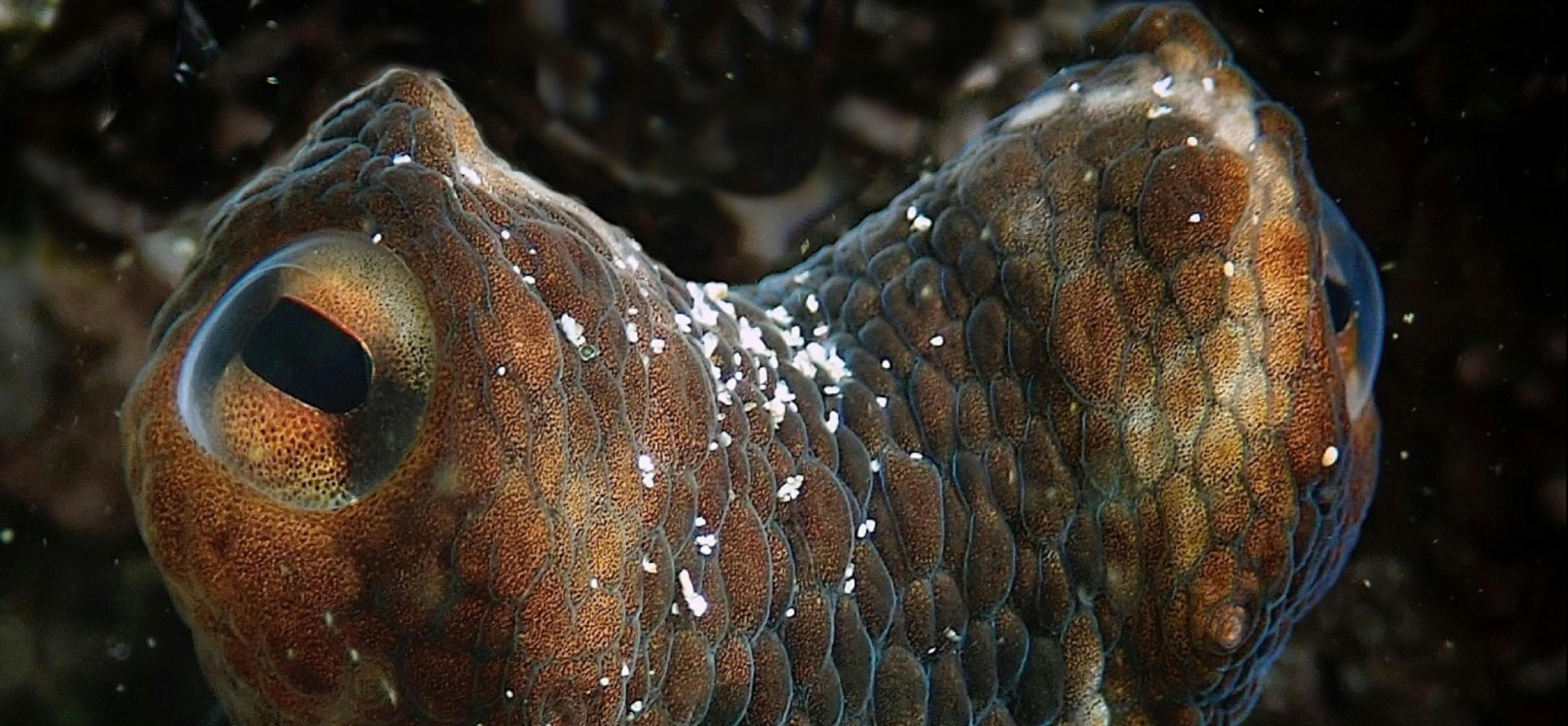Queue dives into the numbers behind the Oscar-nominated documentary.
During one of his dives in the False Bay kelp forest near Cape Town, South Africa, Craig Foster encountered the catalyst for his radical change: a majestic common octopus. He was so mesmerized by their first few interactions that he resolved to visit her every single day. Thus began the chronicle of their year-long relationship — and his consequent growth and enlightenment — that evolved into the Oscar-nominated documentary My Octopus Teacher.
Foster’s narrative resists the clichés of the canon of rediscovery via the natural world. It’s been met with praise in circles as disparate as celebrities, conservationists, and critics. While Foster’s resolve is impressive and the underwater cinematography is breathtaking, what resonates most is the diver’s deep admiration for “the pure magnificence of her,” his teacher.
Foster brought his experiences to the screen with the help of directors Pippa Ehrlich and James Reed and director of photography Roger Horrocks. Shooting, directing, and editing were fully immersive processes. Ehrlich and Foster spent hundreds of hours underwater after training their bodies to handle the temperature and lack of scuba gear. Here are some of the numbers behind the exceptional story, the way it was told, and how Foster learned “that you’re a part of this place, not a visitor. That’s a huge difference.”
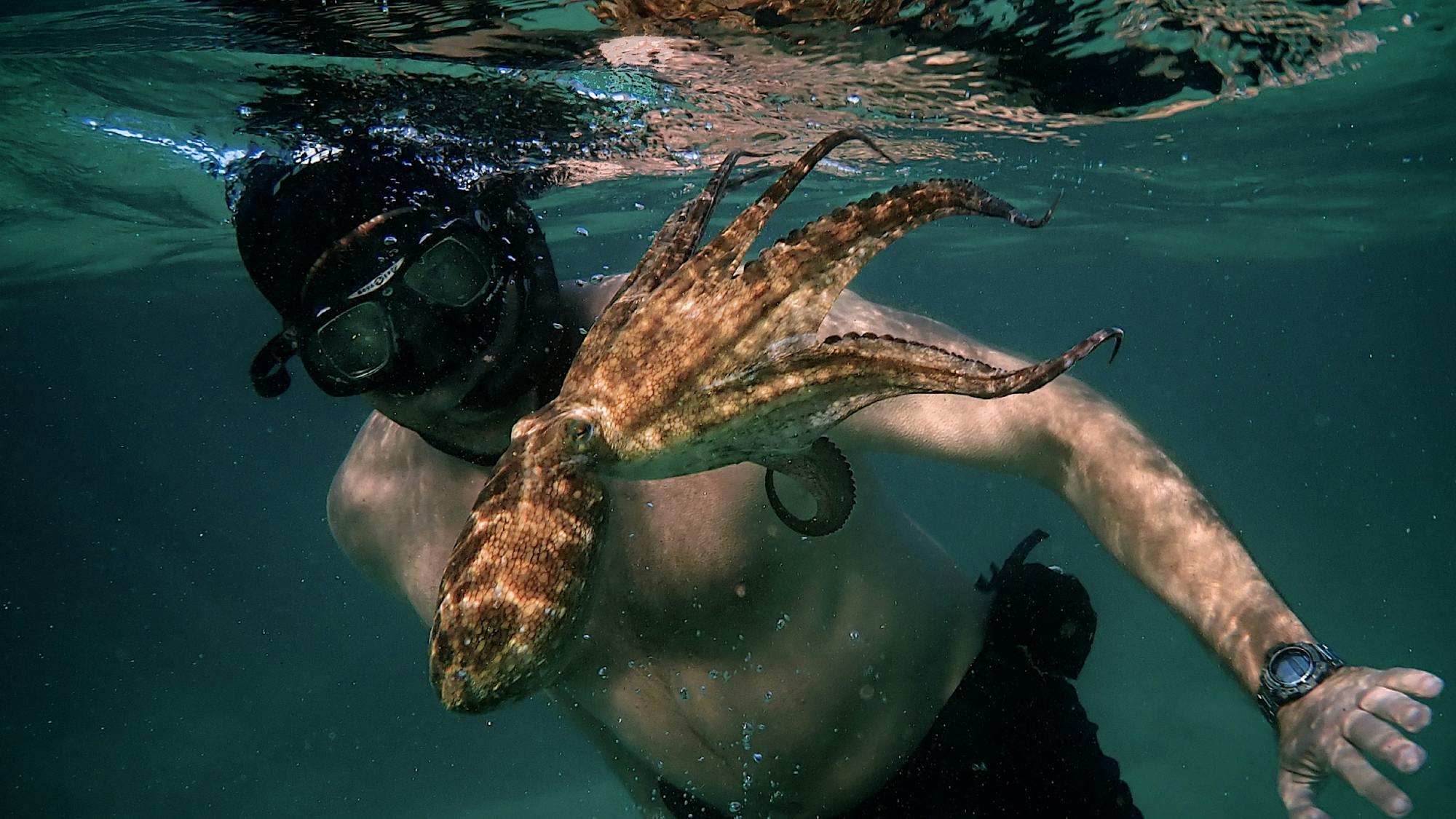
Craig Foster
Photo by Ross Frylinck
The number of years from which the filmmakers compiled footage. Although the narrative with the octopus only spans a year, Ehrlich and the rest of the editorial team assembled footage from almost a decade of his diving to communicate the breadth and depth of the story they wanted to share.
The number of hours filmed in the kelp forest. Navigating the underwater landscape can require precise movements in tight spaces, ruling out the use of large camera rigs that are common in nature filmmaking. Many divers, including Foster and Ehrlich, see immeasurable benefits to free driving, sans wetsuit and scuba rig: The smell of neoprene can scare animals away, wetsuits can make divers resemble seals (seals are a primary predator of octopuses), and the hefty equipment makes you less tuned in to how you’re moving through the water. By positioning the camera on the seafloor, Foster was able to film his time with the octopus independently. At that point, the idea of turning his experiences into a documentary was still on the horizon, so these shots are imbued with a special interiority.
The lowest temperature, in degrees Fahrenheit, of the waters off the southwest coast of South Africa in which Foster dives. He would dive for about an hour a day, sometimes twice a day, in these icy waters.
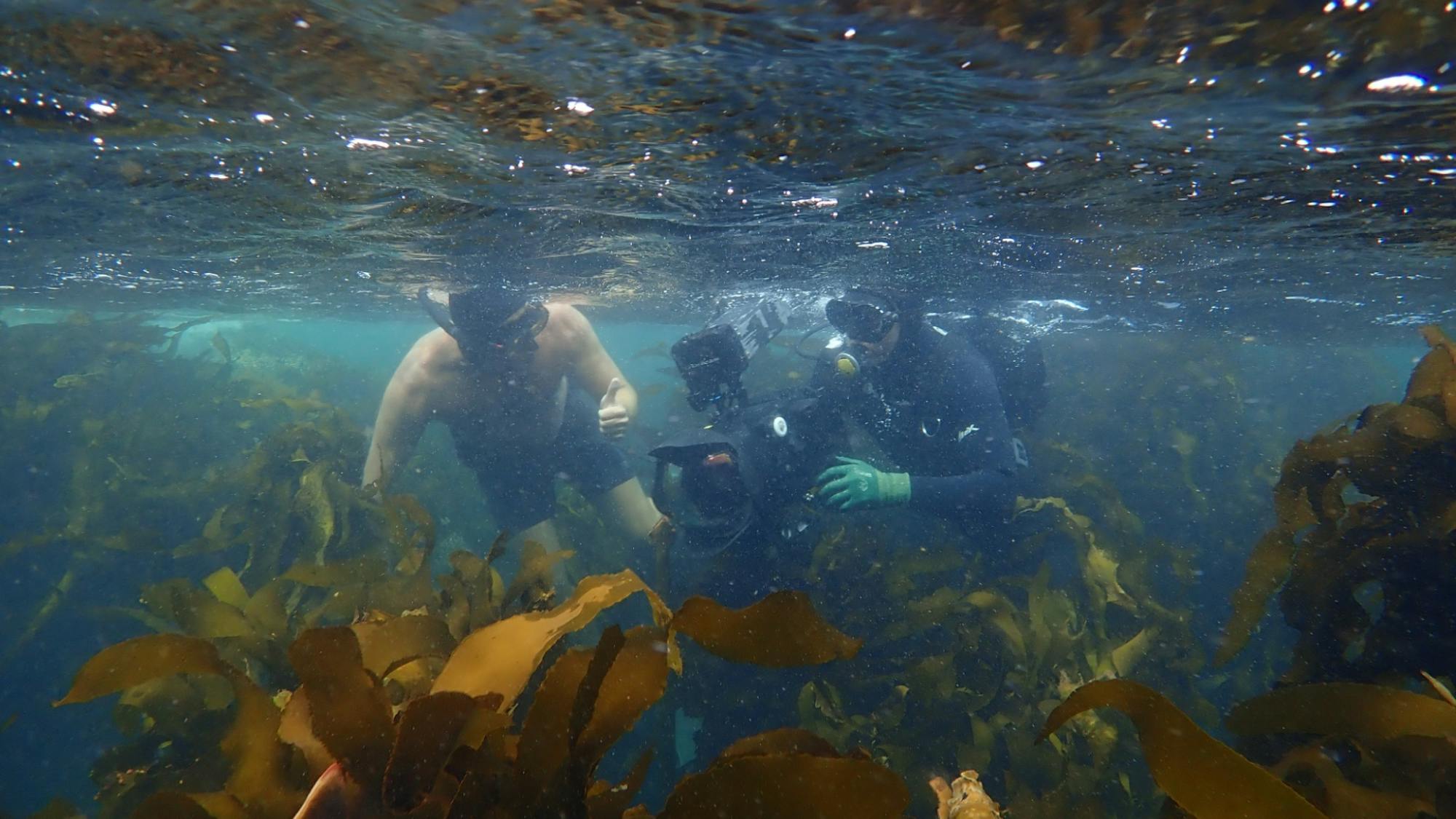
Craig Foster and Roger Horrocks
Photo by Pippa Ehrlich
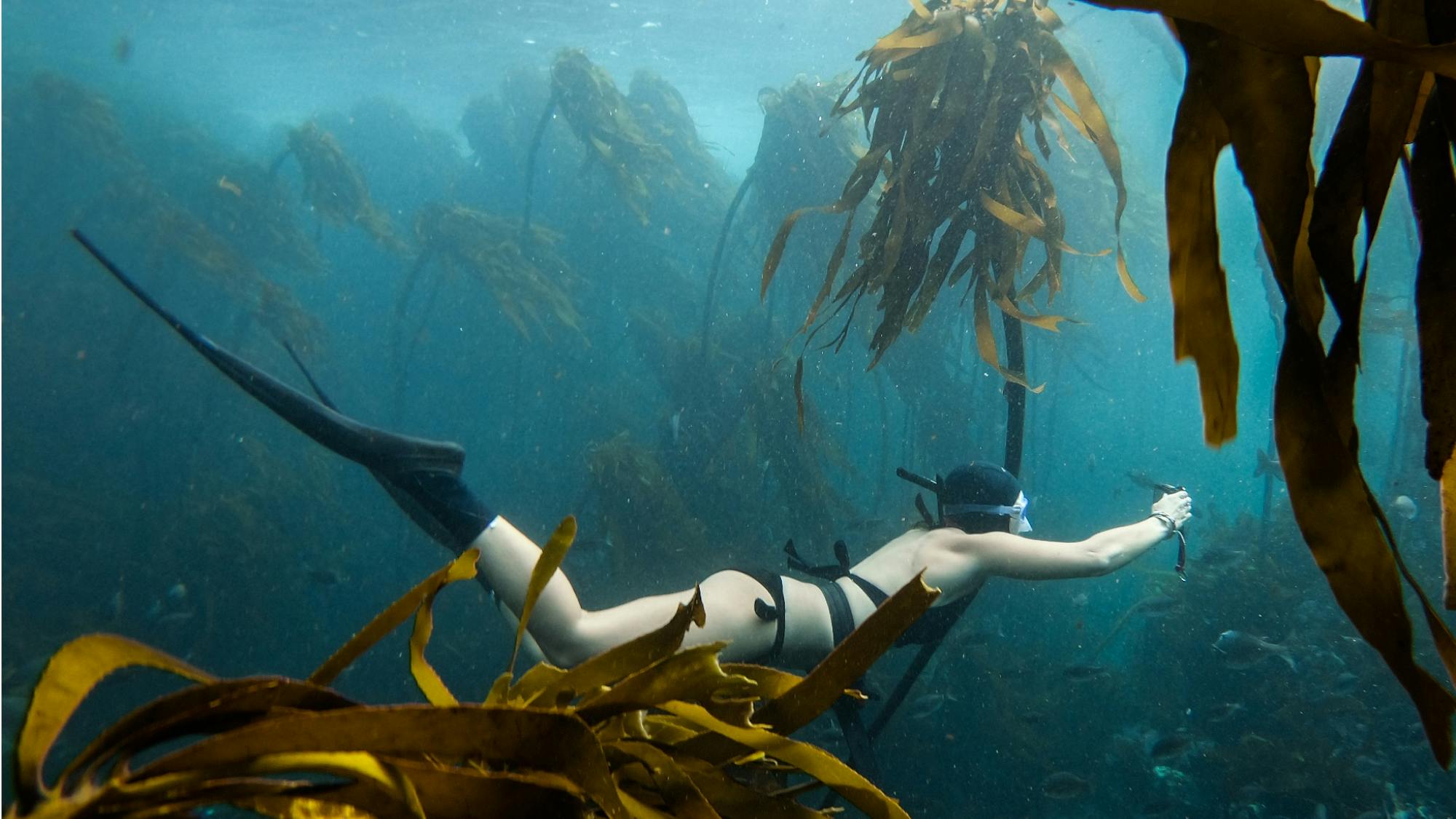
Pippa Ehrlich
Photo by Faine Loubser
The number of minutes Foster can hold his breath on land. Ehrlich said practicing became a quarantine habit for all of them.
The number of minutes Foster can hold his breath underwater. Every shot happened within this small window of time.
The number of months in the average lifespan of a common octopus, like the one in the film.
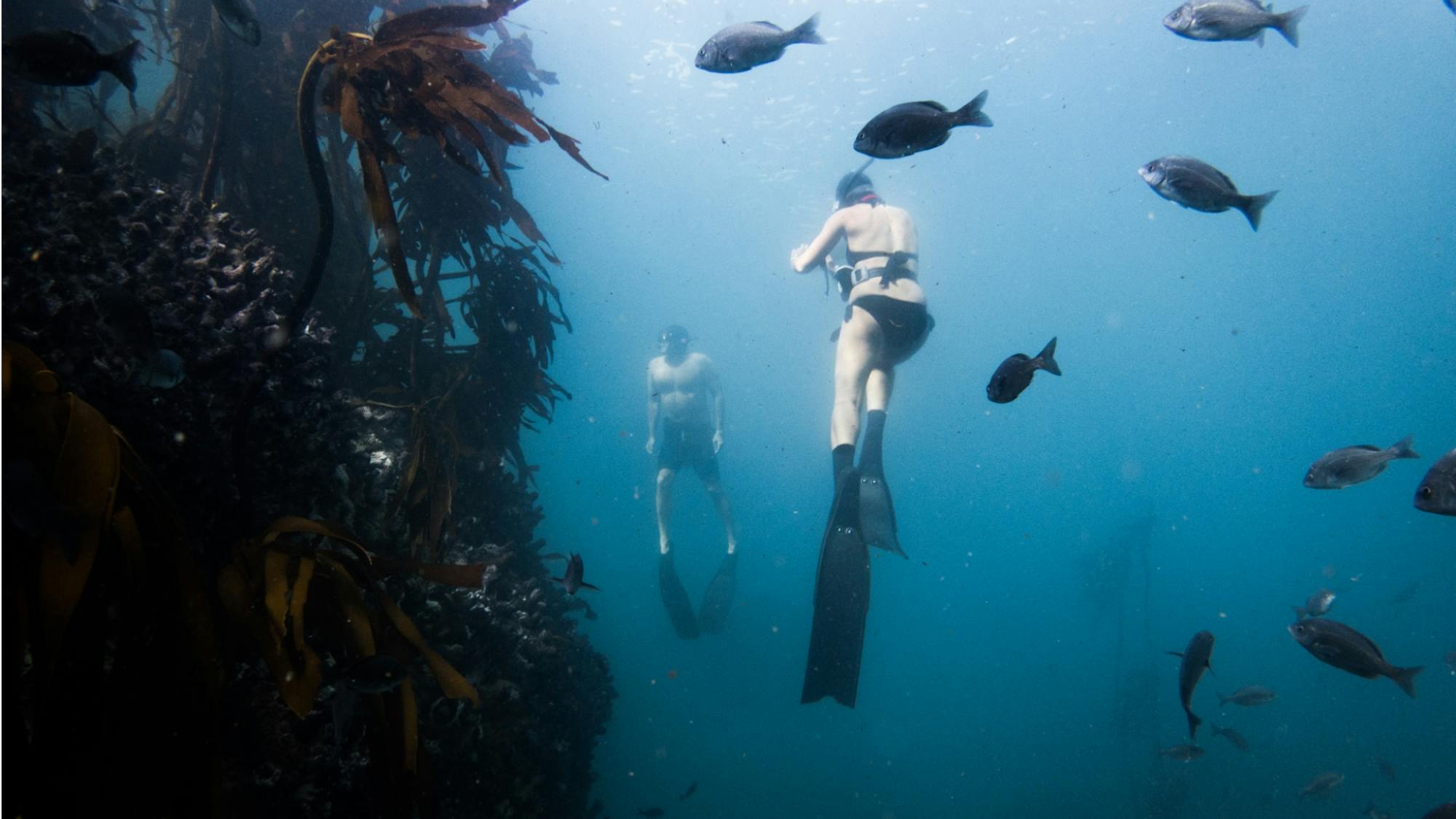
Pippa Ehrlich and Craig Foster
Photo by Faine Loubser
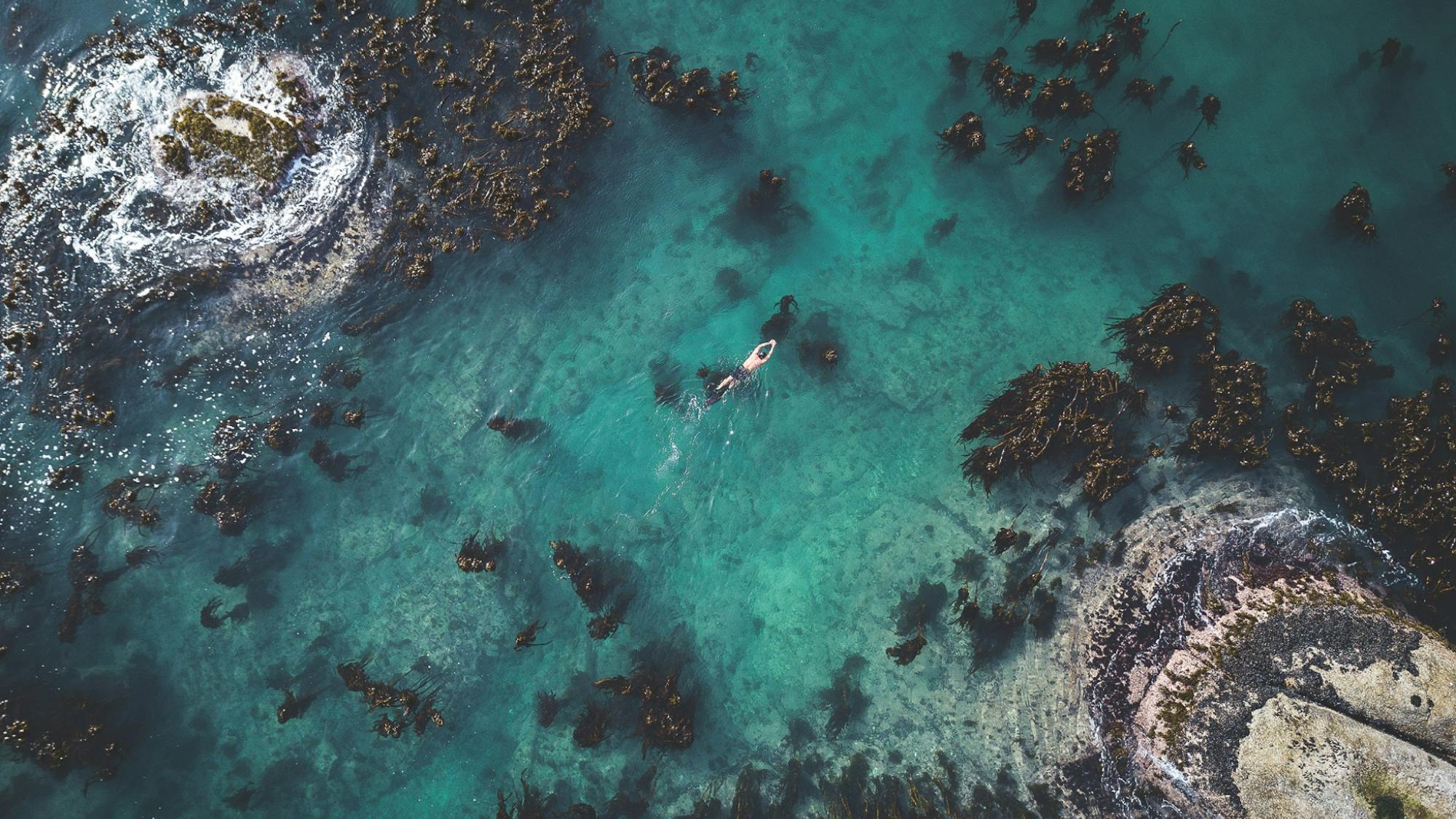
Craig Foster
Photo by Tom Foster
The number of years it took to edit the first draft of the film.
The number of days during which all of the interviews between Reed and Foster were filmed. Foster had positioned himself behind the camera for years as a documentary filmmaker, exploring the relationship between humans and nature, but this was the first time he found himself a true subject. The one-on-one interviews featured in the documentary were ironically some of the hardest shots to incorporate. Reed was actually brought on at this point in the filming process.
The number of layers in the audioscape created by international award-winning sound engineer Barry Donnelly. Sensory details are the viewer’s primary point of access to the sea forest.
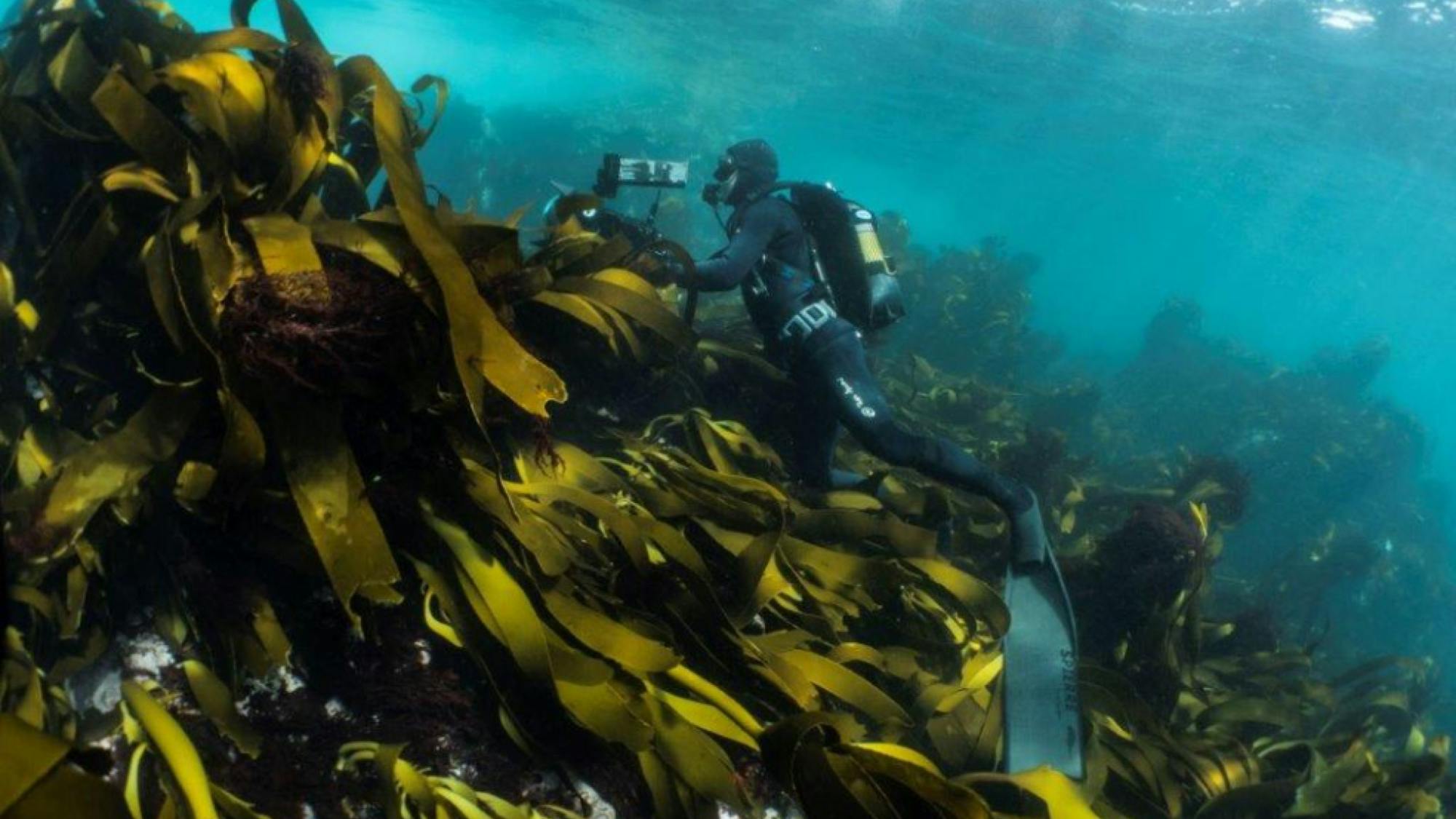
Roger Horrocks
Photo by Pippa Ehrlich
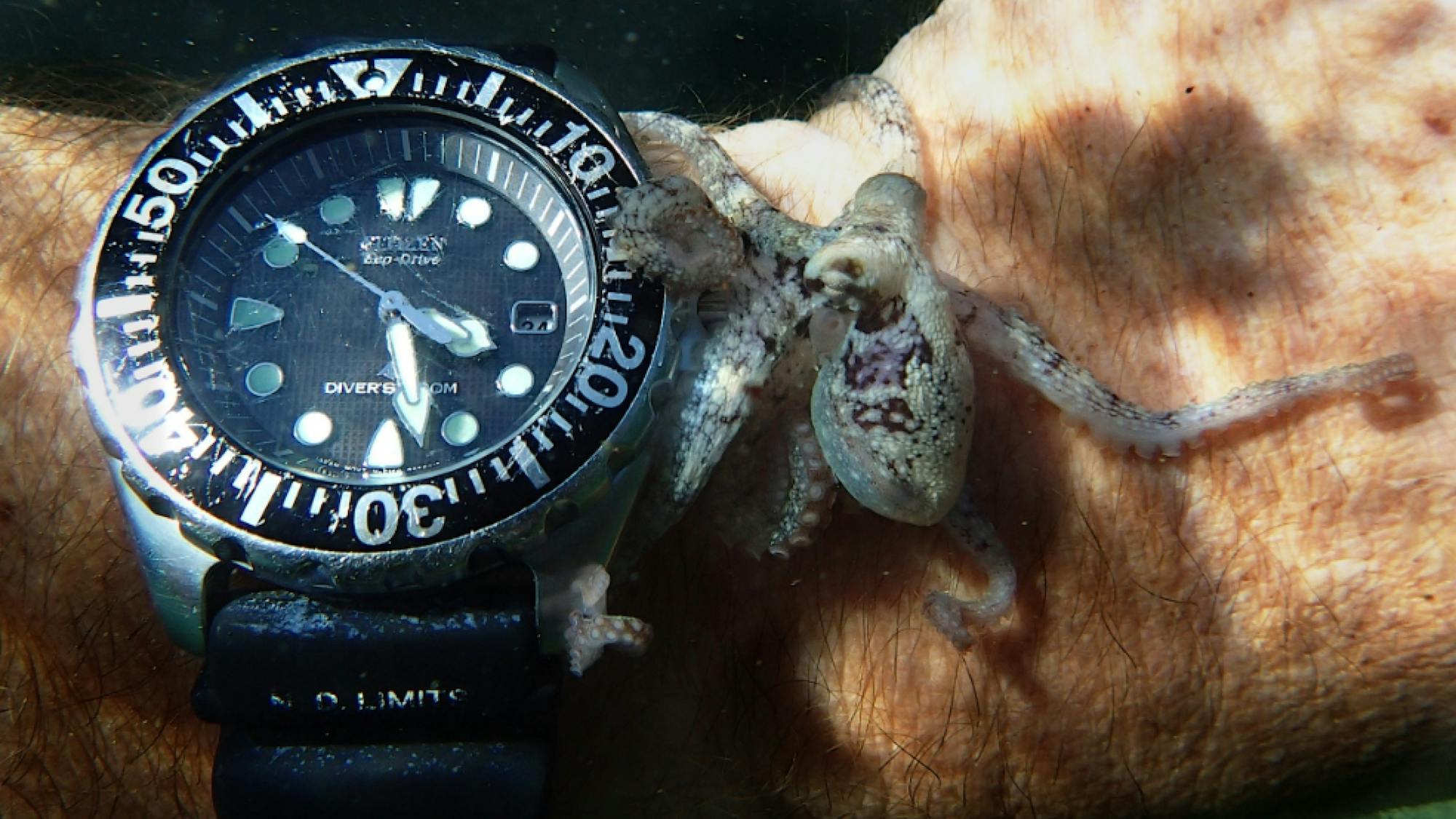
Photo by Craig Foster
The number of camera systems used over the course of Foster’s near decade of filming. The Refinery, a Cape Town online production team, worked to make the footage cohesive.
The number of octopus psychologists in the world. In an effort to understand what the octopus was communicating to him, Foster read every scientific paper on octopuses he could find, spoke to octopus experts from around the world, and even flew Professor Jennifer Mather to Cape Town from Canada. Mather sat with the team and dissected every single frame and told them what she thought was going on.
The percentage of our oceans a global campaign has advocated to protect by 2030. A coalition of countries has committed to this target in order to prevent the mass extinction of plants and animals. Conservation is at the heart of this film and its team members’ lives: The film is a collaboration between Off the Fence Productions, Netflix, and the Sea Change Project, a South African nonprofit Foster co-founded in 2012.
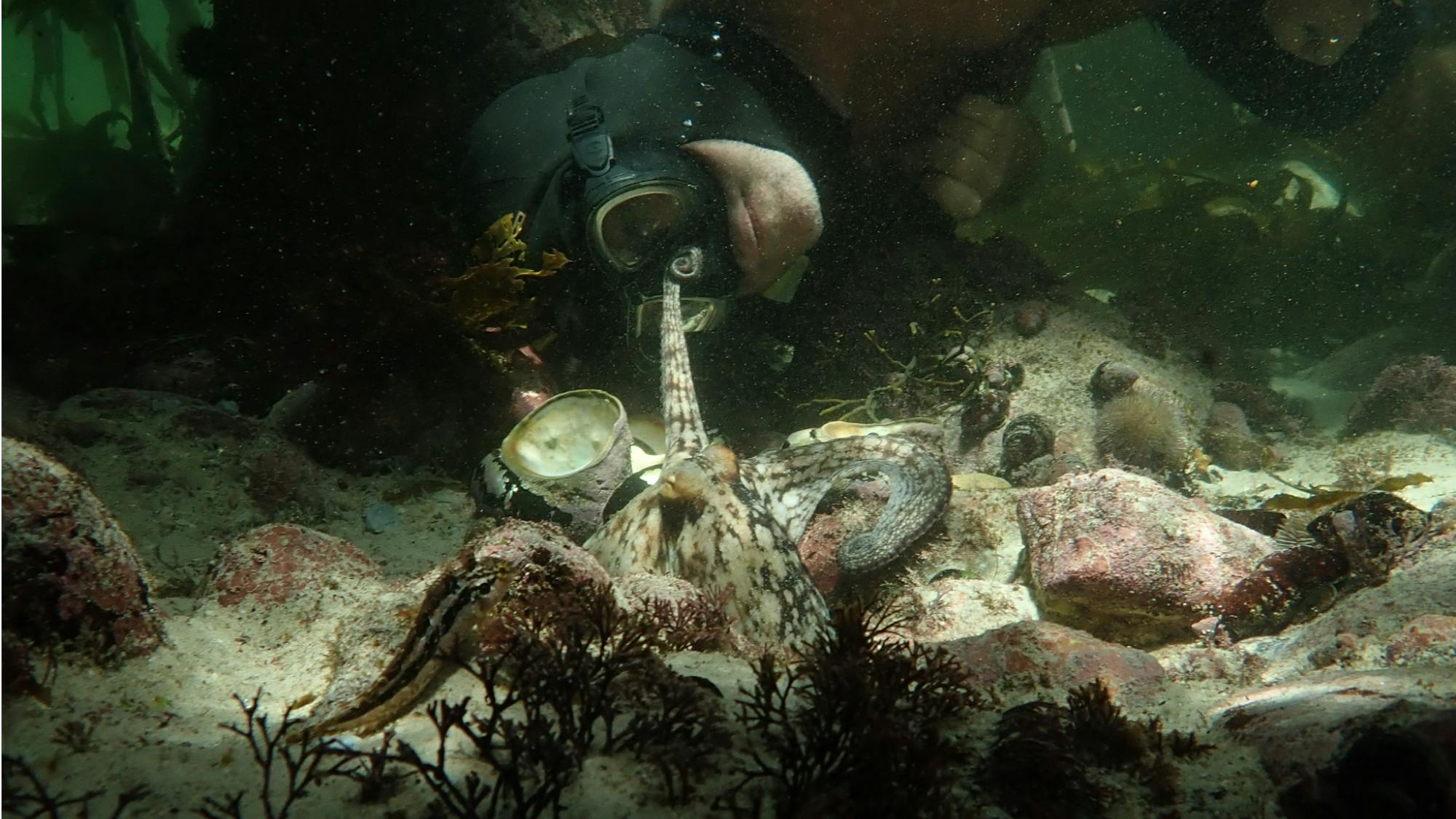
Craig Foster
Photo by Tom Foster
